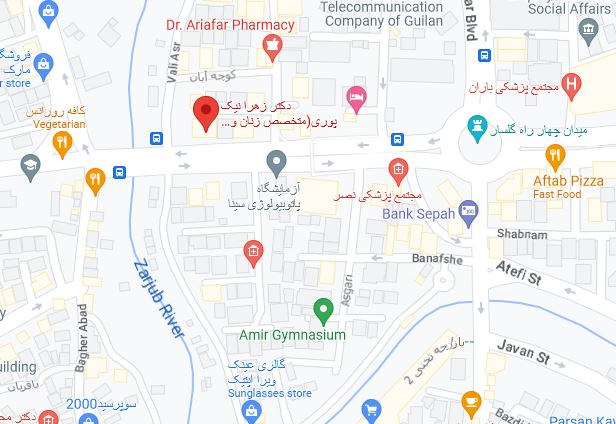Earlier Detection of Aggressive Breast Cancer Now Possible
|
Earlier Detection of Aggressive Breast Cancer Now Possible
Sandra Yin Authors and Disclosures
Fourth American Association for Cancer Research (AACR) Conference on the Science of Cancer Health Disparities (SCHD); Abstract #B89. Presented September 19, 2011.
Information from Industry Trusted immune protection Learn about trusted and effective immune therapy for life-threatening viruses.
September 20, 2011 (Washington, DC) — It’s now possible to test for breast cancers in young, high-risk African-American women before cancer cells appear, according to study results presented Monday at the Fourth American Association for Cancer Research (AACR) Conference on the Science of Cancer Health Disparities (SCHD). "What’s new about our study is that we can find activation of some of the things that are bad in triple-negative breast cancer in precancerous cells," investigator Victoria L. Seewaldt, MD, told Medscape Medical News. She is professor of medicine and co-director of the breast and ovarian cancer program at Duke University in Durham, North Carolina . "We need to do prospective testing," she said, "but we think we have a promising test that might be able to help us sort out precancers that are at high risk of progressing." The researchers sought to study what happens before a woman develops an invasive breast cancer. They looked at 2 groups of 39 and 38 high-risk premenopausal African-American women. These high-risk women typically had mothers or sisters who died of breast cancer at an early age. Many patients who got earlier, accelerated breast cancer told Dr. Seewaldt their breast cancer seemed to come out of nowhere. In 1 case, the patient's magnetic resonance image was normal at diagnosis. At 6 months, it looked "busy." At 12 months, the woman had 2 triple-negative breast cancers. The researchers hypothesized it might be possible to detect the aggressive phenotype at onset, before invasive breast cancer set in. They were able to find atypia, or abnormally behaving cells associated with a higher likelihood of developing into invasive breast cancer, but the investigators really wanted to get at what signaling pathways might be activated.
After profiling small samples for the presence of proteins, they spotted 3 activation patterns, including AKT/mTOR, a cancer signaling pathway activated in aggressive triple-negative breast cancer. That’s where the Warburg effect comes in. According to the phenomenon, even in the presence of oxygen, aggressive cancer cells devour glucose and become addicted to it, Dr. Seewaldt said, behavior that is a hallmark of aggressive cancers. The researchers hypothesized that they would be able to use the glucose uptake of the Warburg effect as a biomarker for early detection and as a therapy target. After they found atypical mammary cells with high glucose uptake, they went back to their community partners and suggested a clinical trial that would test targeted inhibitors. But the women in the community were not willing to take part in a clinical trial that would lead to an unaffordable drug being used for prevention. Also, in an area where diabetes, heart disease, hypertension, and obesity are common, women wanted heart-healthy prevention and were not open to something like tamoxifen that would lead to increased stroke and possibly heart disease. The researchers went back to drawing board. To translate the study into therapy, Dr. Seewaldt noted that insulin stimulates AKT/mTOR, the receptor pathway known to simulate cancer. If untreated, someone with prediabetes or diabetes, in which the body produces more sugar, might stimulate precancerous cells and promote a conversion to cancer cells every time they ate. But weight loss, exercise, and metformin (all of which affect glucose and insulin activity) would inhibit the growth of the atypical cells, she said. She pointed out that metformin is an old diabetes drug that drives insulin production down and costs $4 a month. The study findings make it possible to devise small, cheap, fast trials, Seewaldt said. If one knows the biology ahead of time, one can match the biology with the prevention drug and measure precisely what is happening in an individual woman’s cells when she takes that drug. This approach would allow researchers to test drugs using 50 to 100 women over 12 months. They could run hundreds of trials testing combinations such as a heart-healthy regimen such as metformin plus exercise plus diet and precisely measure the outcome. Steven Patierno, PhD, who is executive director of the George Washington University Cancer Institute, Washington, DC, and director of the molecular and cellular oncology program, toldMedscape Medical News he found Dr. Seewaldt’s presentation fascinating. "The fact that she involved the community in the evolution of the discovery I think is a great example of how science and community partners can walk in lockstep together, and actually make discoveries that are important and might change the face of how we look at certain diseases and how we treat certain diseases," Dr. Patierno said. It’s a great example of just following your nose, he added, paying attention to what the data actually say and then reacting to them objectively and making these incremental steps that led to a novel observation that might help us figure out why highly aggressive breast cancer strikes some people and not others. Dr. Victoria Seewaldt has disclosed no relevant financial relationships. Dr. Patierno has financial relationships with the American Cancer Society, Avon, CC, Washington DC Department of Health, EUSA Pharmaceuticals, Metastatin Pharmaceuticals, National Institutes of Health, PalliaTech Inc., Pfizer Inc., and Theralogix Inc. Fourth American Association for Cancer Research (AACR) Conference on the Science of Cancer Health Disparities (SCHD); Abstract #B89. Presented September 19, 2011.
|


